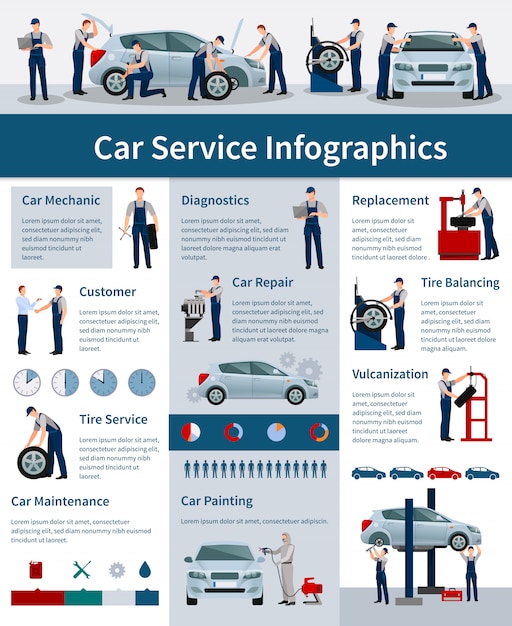Translating Your Auto'S Alert Lighting: Their Real Effects
Translating Your Auto'S Alert Lighting: Their Real Effects
Blog Article
Posted By-Sykes Forbes
When you're behind the wheel, those beautiful warning lights on your control panel can be a bit complicated. Do you recognize what they're trying to tell you concerning your automobile's wellness? Understanding the value of these lights is crucial for your safety and the longevity of your automobile. So, the following time one of those lights appears, wouldn't you intend to decipher its message accurately and take the needed steps to address it?
Common Warning Lights and Interpretations
Determine typical caution lights in your car and comprehend their meanings to make certain safe driving.
One of the most typical warning lights include the check engine light, which indicates concerns with the engine or exhausts system. If this light comes on, it's vital to have your automobile inspected promptly.
The oil stress alerting light indicates low oil pressure, needing instant focus to avoid engine damage.
A flashing battery light might suggest a malfunctioning billing system, potentially leaving you stranded if not resolved.
The tire pressure monitoring system (TPMS) light notifies you to reduced tire stress, impacting automobile security and gas efficiency. Overlooking this might lead to hazardous driving conditions.
The abdominal light indicates an issue with the anti-lock braking system, compromising your capacity to quit quickly in emergencies.
Finally, the coolant temperature alerting light warns of engine getting too hot, which can result in severe damages otherwise solved quickly.
Understanding these typical warning lights will aid you attend to concerns promptly and maintain safe driving conditions.
Relevance of Prompt Interest
Understanding the typical caution lights in your cars and truck is just the initial step; the significance of without delay addressing these warnings can not be stressed sufficient to guarantee your security when driving.
When a caution light brightens on your control panel, it's your car's method of communicating a possible problem that needs focus. Overlooking these warnings can bring about much more severe issues later on, endangering your safety and security and possibly costing you much more out of commission.
Prompt attention to warning lights can stop failures and accidents. As an example, a flashing check engine light might indicate a misfire that, if left unattended, could trigger damage to the catalytic converter. Addressing this promptly can save you from a costly repair.
In https://oil-change-services51617.liberty-blog.com/31314591/the-evolution-of-automobile-outlining-trick-fads-and-innovations-to-screen , a brake system alerting light may signal reduced brake fluid or worn brake pads, important parts for your safety when driving.
DIY Troubleshooting Tips
If you see a warning light on your dashboard, there are a couple of do it yourself troubleshooting pointers you can attempt prior to seeking expert assistance.
The first step is to consult your cars and truck's handbook to comprehend what the particular warning light indicates. Sometimes the issue can be as straightforward as a loose gas cap setting off the check engine light. Tightening up vehicle cleaning services near me might fix the problem.
One more typical concern is a reduced battery, which can activate various advising lights. Inspecting the battery connections for rust and guaranteeing they're safe and secure may take care of the issue.
If a warning light continues, you can attempt resetting it by detaching the auto's battery for a couple of mins and afterwards reconnecting it. In addition, examining your lorry's liquid levels, such as oil, coolant, and brake fluid, can assist fix cautioning lights associated with these systems.
Final thought
Finally, understanding your car's caution lights is vital for keeping your lorry running smoothly and safely. By immediately resolving these alerts and knowing what they mean, you can stay clear of expensive repair work and possible malfunctions.
Bear in mind to consult your vehicle's manual for specific details on each alerting light and do something about it accordingly to make sure a hassle-free driving experience.
just click the next web page notified, stay safe when traveling!
